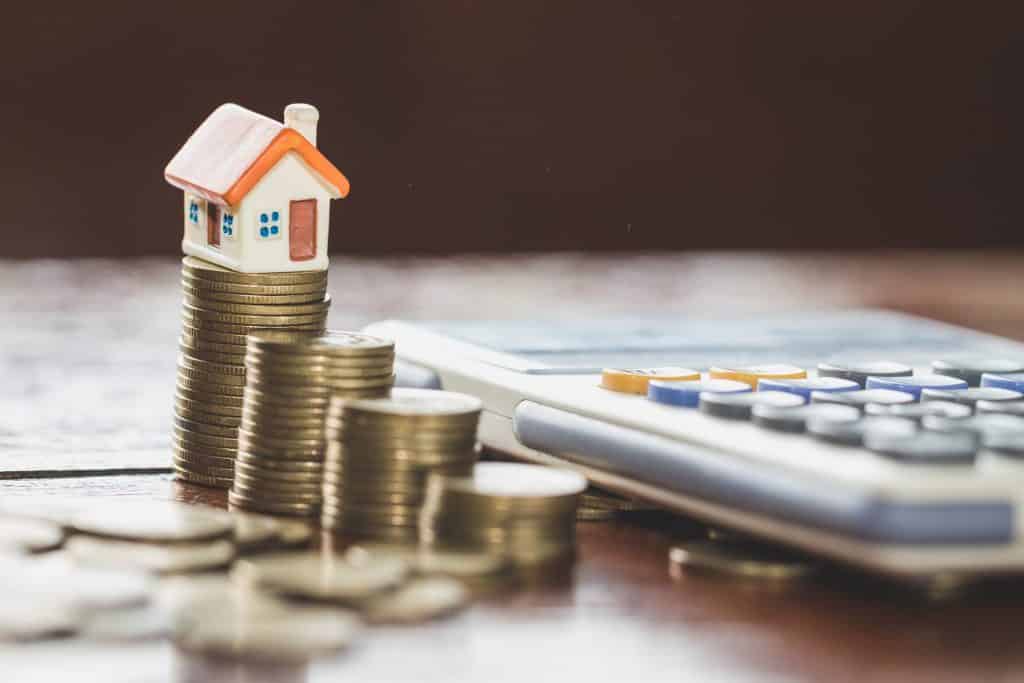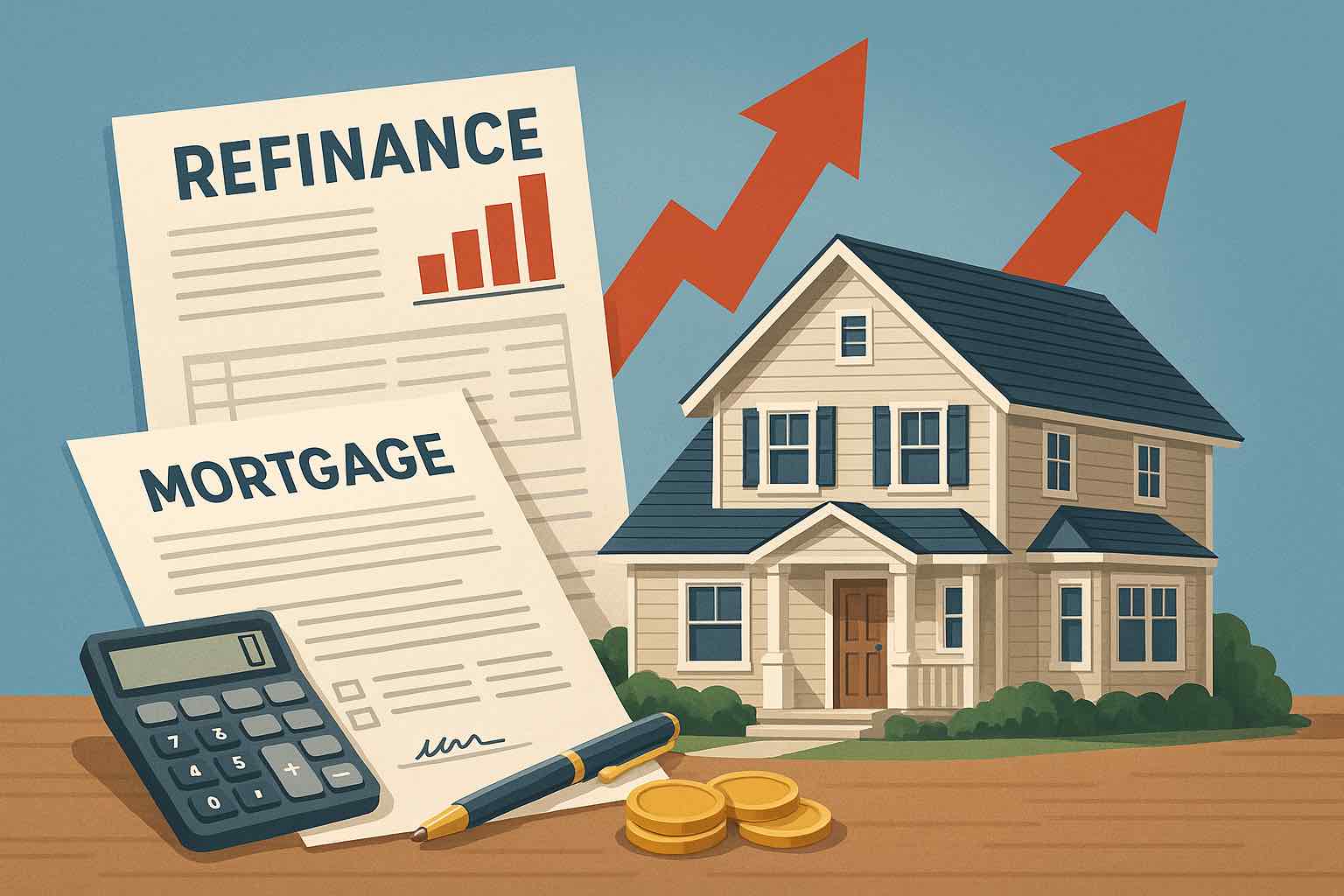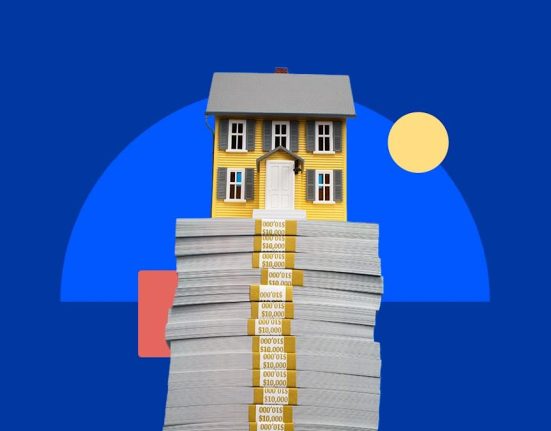

Refinance rates moved higher again as of May 6, 2025, according to the latest data from the Mortgage Research Center. The 30-year fixed refinance rate rose to 6.92%, while the 15-year fixed rate dropped slightly to 5.76%.
30-year fixed refinance rates move up
The average 30-year fixed-rate refinance hit 6.92%, up from 6.10% a week ago. For a $100,000 mortgage, borrowers would pay about $660 monthly for principal and interest, excluding taxes and insurance. Total interest over the life of the loan would be approximately $138,325.
The annual percentage rate (APR) for a 30-year fixed refinance now stands at 6.95%, compared to 6.89% last week.
20-year fixed refinance rates increase
The 20-year fixed refinance rate rose to 6.71%, from 6.62% a week earlier. The APR on a 20-year term now averages 6.75%, up from 6.67%.
At the current rate, a $100,000 refinance would result in a principal and interest payment of around $758 per month. Borrowers would pay roughly $82,445 in total interest.
MORTGAGE RATES TODAY: What were rates yesterday, May 5, 2025?
15-year fixed refinance rates drop
Rates for 15-year fixed refinances decreased slightly to 5.76%, down from 5.84% last week. The current APR is 5.81%, lower than last week’s 5.89%.
A $100,000 refinance on a 15-year loan would cost about $831 per month, excluding taxes and insurance. Over the life of the loan, borrowers would pay around $50,053 in interest.
Jumbo refinance rates rise
- 30-year jumbo refinance: The average rate rose to 7.27%, up from 7.22%. A $100,000 loan would cost about $683 per month.
- 15-year jumbo refinance: The rate increased slightly to 6.43%. Monthly payments on a $100,000 loan would be around $867.
Are refinance rates and mortgage purchase rates the same?
Not always. Refinance rates tend to be slightly higher—typically by 0.01% to 0.15%—compared to purchase mortgage rates. Borrowers can often lower refinance rates by paying closing costs upfront, purchasing discount points, or avoiding mortgage insurance.
When refinancing, compare your current rate and loan term to new offers to estimate potential savings.
When does refinancing make sense?
Homeowners often refinance to lower their interest rate, reduce monthly payments, or shorten their loan term. Refinancing can also help tap home equity or eliminate private mortgage insurance (PMI).
Because refinancing carries upfront costs, it usually makes sense only if you plan to stay in your home long enough to reach the “break-even point”—the point at which your savings outweigh the closing costs.
How to qualify for better refinance rates
To secure the lowest refinance rates:
- Maintain a high credit score
- Lower your debt-to-income ratio
- Monitor mortgage rate trends
- Consider a shorter loan term
Lenders offer the best rates to borrowers with strong credit, steady income, and low debt levels.
2025 refinance outlook
Mortgage rates have remained in the mid-to-high 6% range since late 2024, and experts predict rates will stay steady into mid-2025.
If inflation cools and unemployment rises, the Federal Reserve may cut interest rates, potentially lowering mortgage rates later this year. Until then, borrowers may benefit from improving their credit and preparing for better refinancing opportunities in the coming months.







